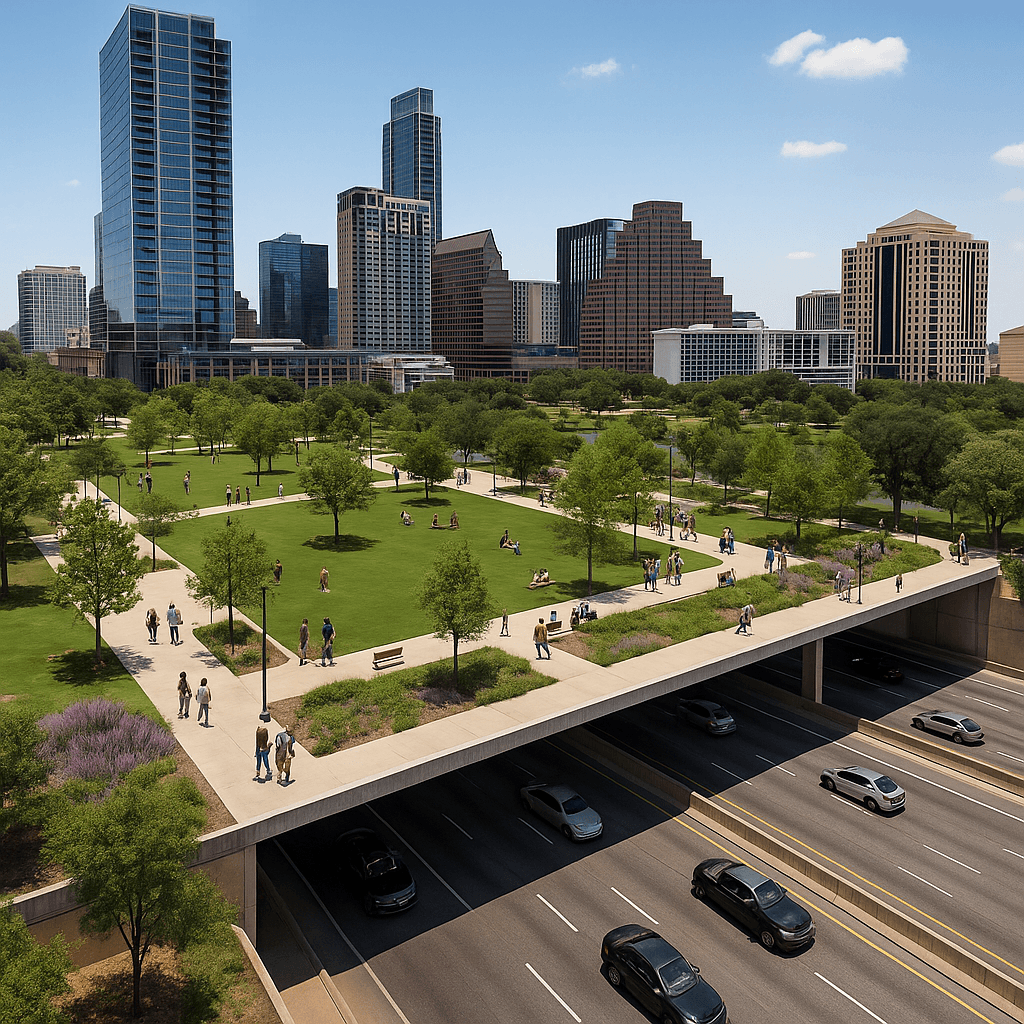American Airlines and Delta Air have recently announced changes that will benefit Central Texans traveling throughout the country.
These are welcome additions because our airports have been insufficient to meet our growing demands.
With the great expansion and momentum the region is showing, its important for our infrastructure to develop with it.
But things are getting better. The vaccines are here. Many people have received at least the first dose. And, as a result, travel is returning.
To that end, both Delta and American Airlines made announcements that will impact travel to and from Austin in the future. In this blog article, I am going to talk about what those announcements are, why they are important, and what the future holds for Central Texas air travel.
The Announcements
This past week, American Airlines announced that it was making a bigger commitment to Austin. It announced that it was adding 10 new non-stop routes between Austin and cities around the country. Starting this summer, American will have twice daily non-stop service between Austin and Las Vegas, Nashville, Raleigh-Durham, and the Washington, DC area. It will also add daily non-stops between Austin and New Orleans, Orlando, and Tampa, as well as some seasonal non-stop routes.
The day before American’s announcement, Delta Airlines announced that it was cutting back on its nationwide “focus cities.” No longer would Nashville, Cincinnati, and San Jose be focus cities. Only Austin and Raleigh-Durham will be going forward. For Delta, a focus city is less than a hub but more than just a spoke on the wheel. Austinites likely already know that being a focus city can bring the benefit of more daily flights and an exclusive lounge.
Exciting things are happening at Austin-Bergstrom International Airport. And that’s very important for Central Texas.
Why Expansion Continues to be Needed
Central Texas is booming. San Antonio is the 7th largest city in the United States and Austin is the 11th. And they are growing extremely fast. By 2030, the Austin-San Antonio metro areas are projected to have more than 9 million people.
Despite this growth, until recently, Austin’s airport has been woefully inadequate. Prior to the 2018-19 Delta nine gate expansion, ABIA had only 26 gates for a metro area of almost 2.2 million people.* Even now, with those nine additional gates, it is often difficult to get a direct flight to popular destinations throughout the country – not to mention globally.
This – along with our other transportation and infrastructure issues – is one of the big obstacles that could slow Central Texas’s phenomenal growth. The harder it is to get around the region and around the world from Austin, the less likely global companies are going to bring jobs here.
As a result, with more companies and more people coming to the area, we must continue to expand our airport. Its great that Delta added nine gates – but its not enough to stop there. We need to keep expanding the number of gates at our airport and the number of non-stop flights to and from it.
It also may make sense to team with San Antonio’s airport to make sure there is not significant overlap between non-stop routes. The airports are 97 miles apart. That’s obviously not right around the corner but its close enough to potentially spread out the non-stop routes to provide the most coverage to the most Central Texans.
Central Texas has amazing growth and momentum. Lets not let a lack of insfrastructure slow that down.



